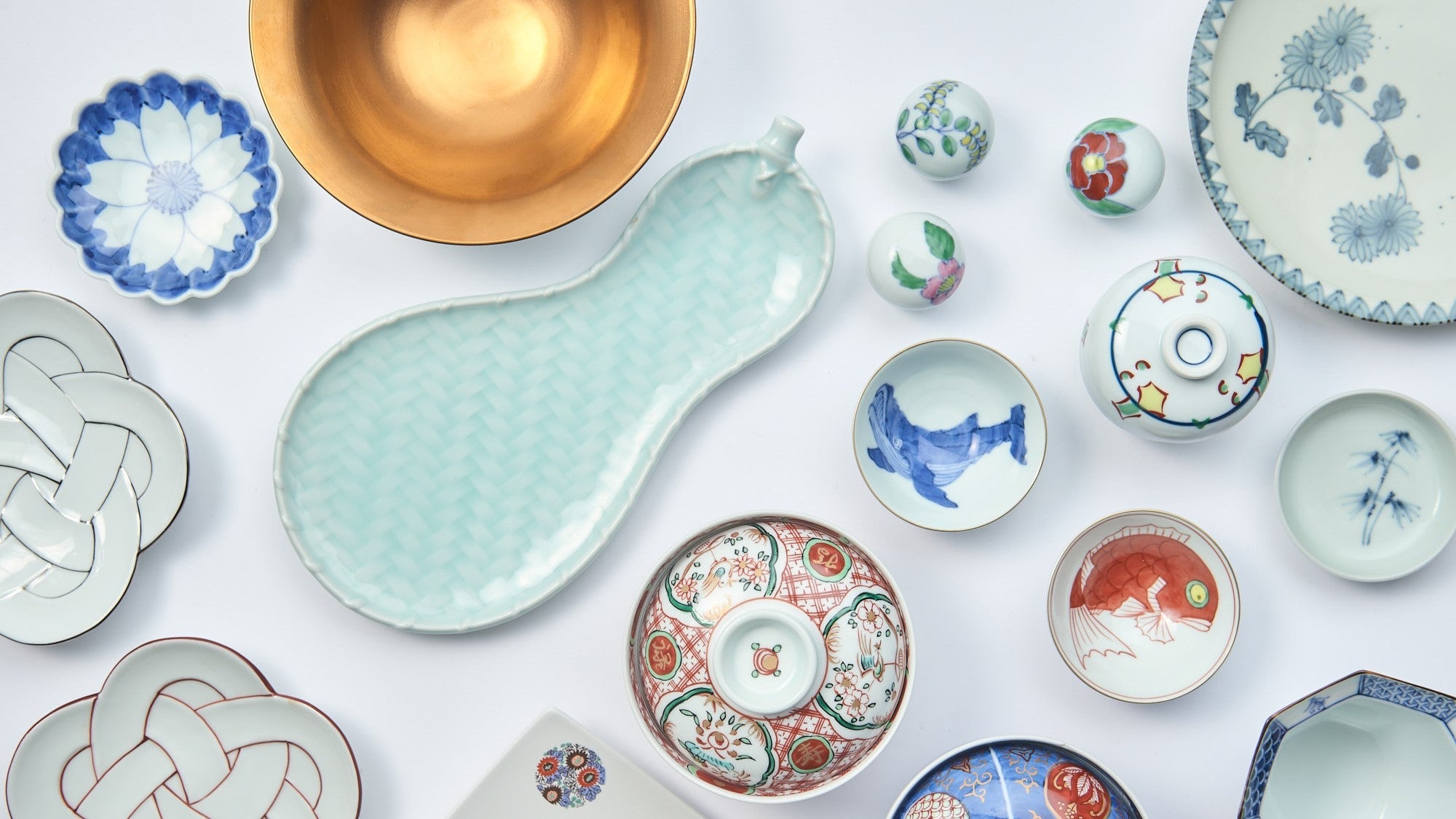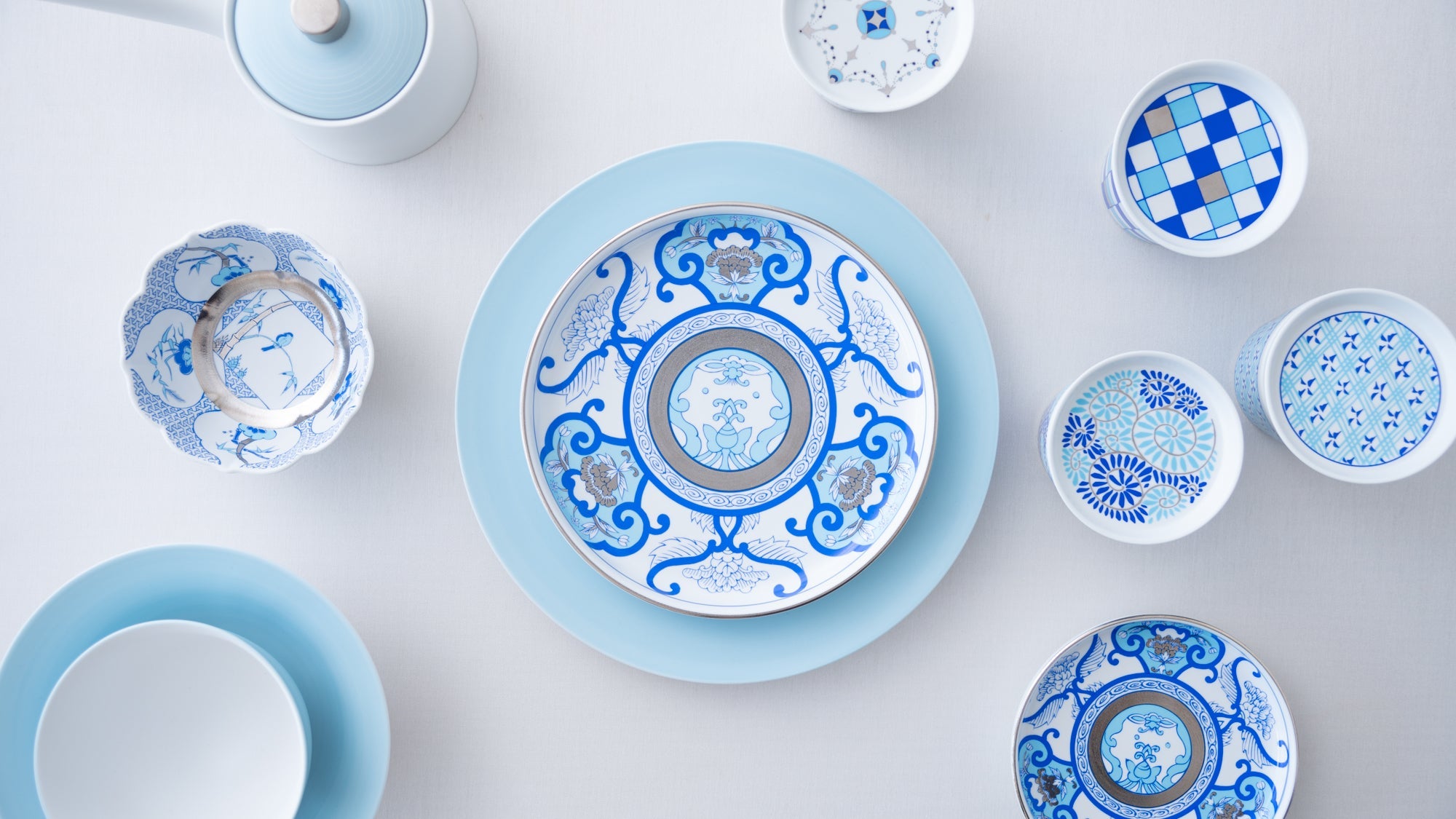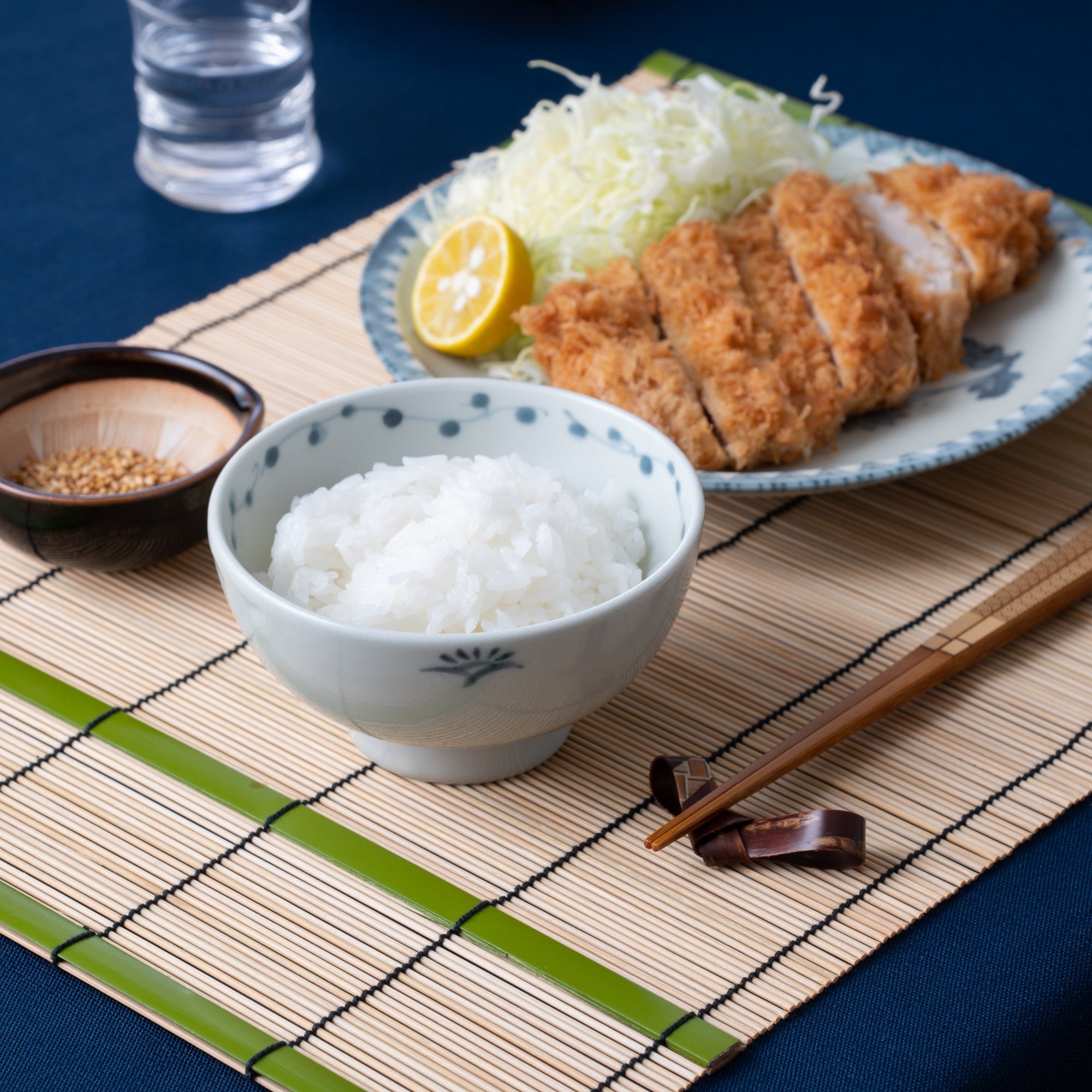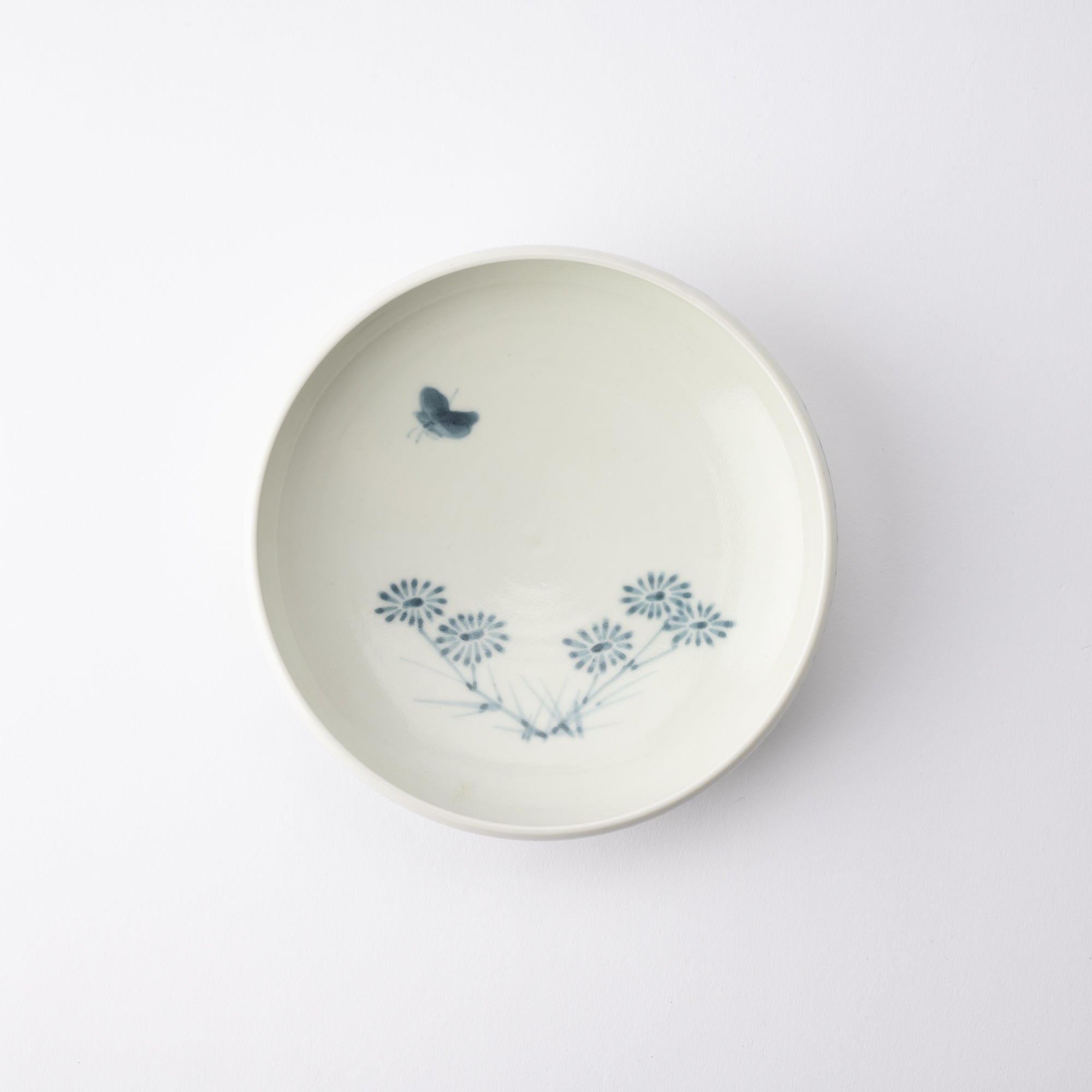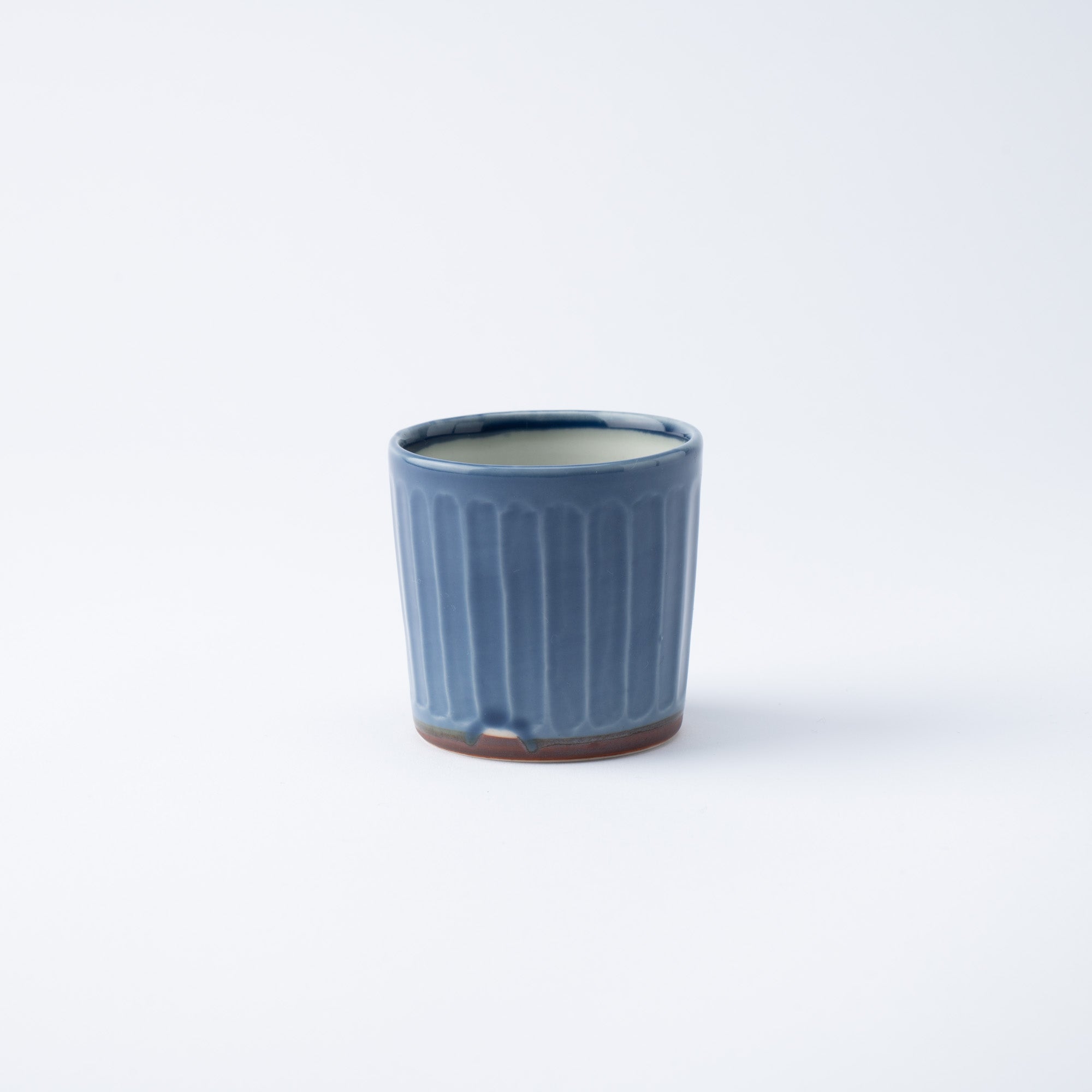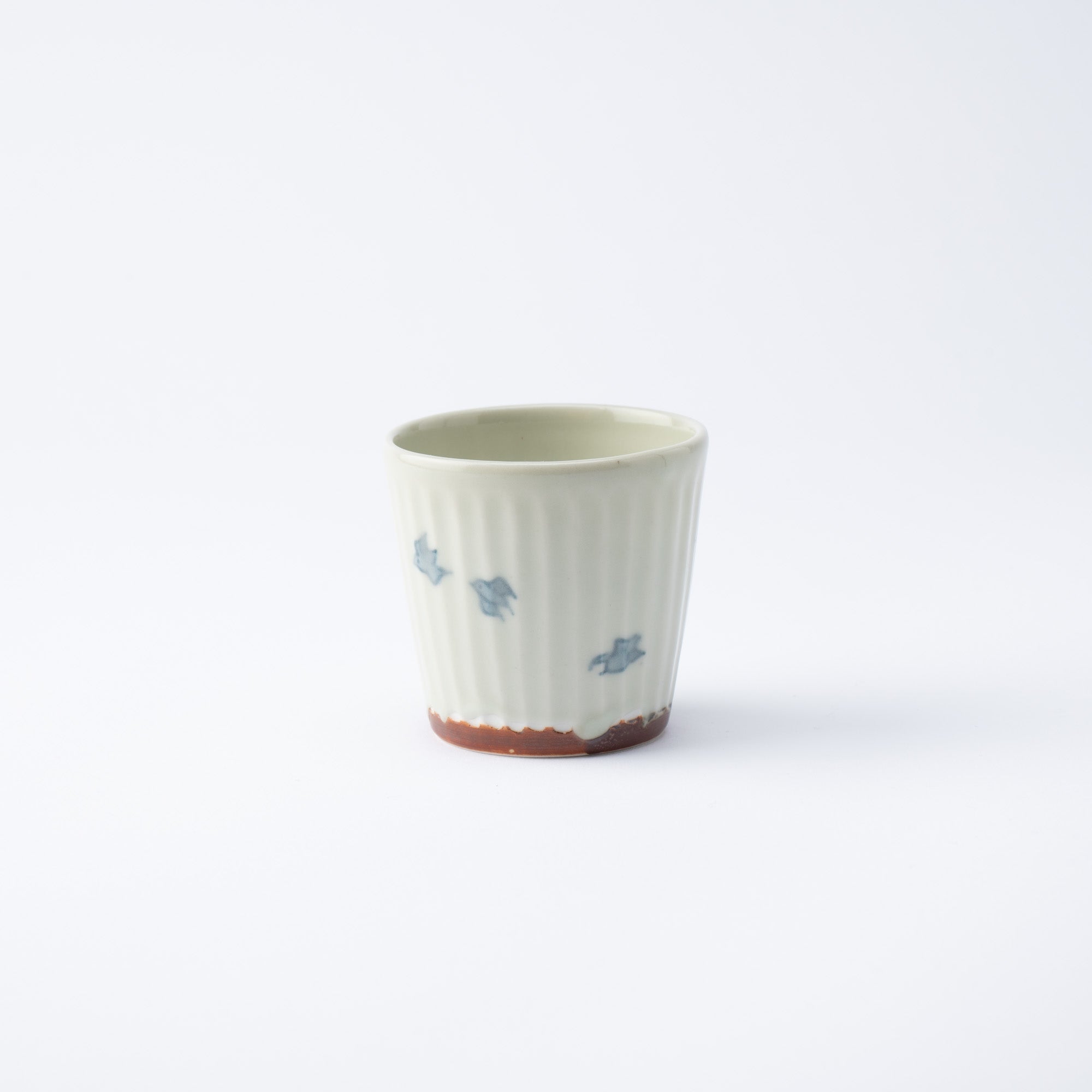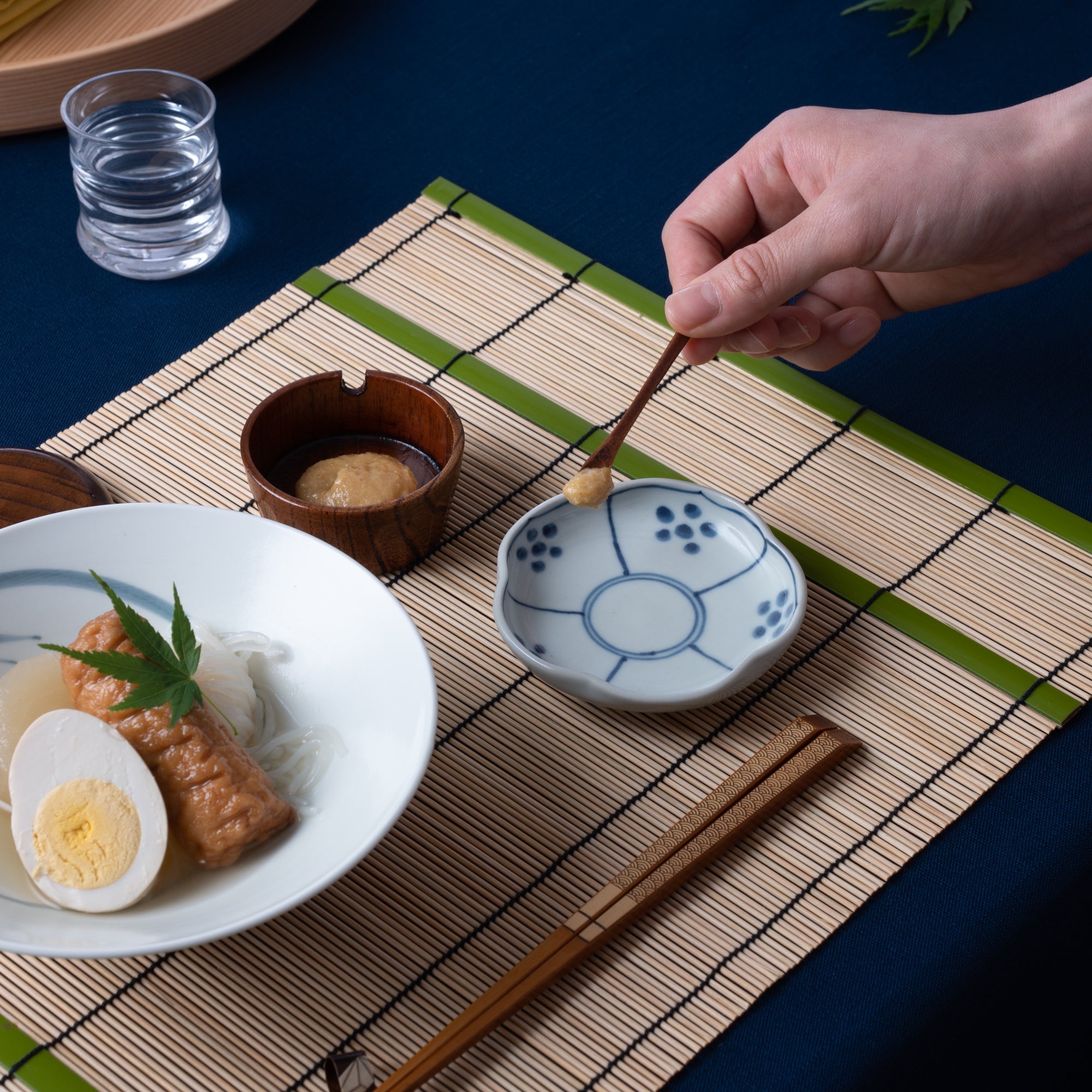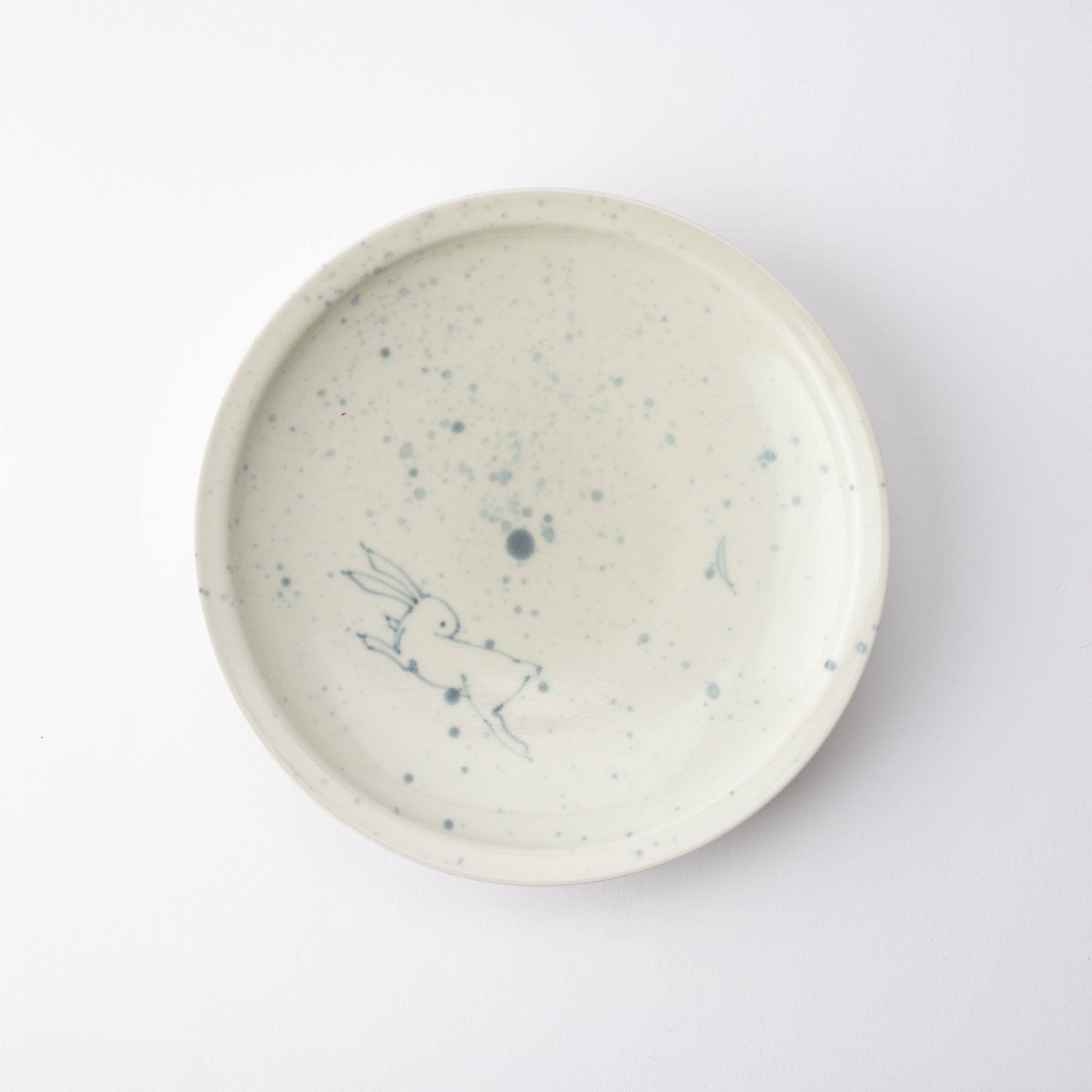
Le Sanpei Kiln
In the early seventeenth century, Korean craftsman Yi Sam-pyeong, known as Le Sanpei (also spelled Ri Sanpei) in Japanese, discovered pottery stone in Izumiyama, Arita. This led to the creation of the oldest porcelain in Japan, known today as Arita ware. He also founded Le Sanpei Kiln, which operated for four generations before closing, though his name and legacy endured.
In 1920, Le’s thirteenth-generation descendant revived the kiln, which has been in operation ever since. Now led by the fourteenth generation kiln master, Le Sanpei’s exceptional porcelain craftsmanship lives on today.
Le Sanpei Kiln has a special place in Japanese history. The late 1500s and early 1600s brought a major turning point in Japanese ceramics when Japanese invasions of Korea led to the resettlement of certain Korean potters in Japan.
Le Sanpei was one of these notable Korean potters. Dissatisfied with the materials at his disposal, he traveled throughout Japan’s Arita area searching for porcelain clay. Finally, in the early 1610s, he found it: high-quality pottery stone in Arita’s Izumiyama. He established kilns in Arita and offered his porcelain to the first feudal lord of the Nabeshima domain. This is the origin of Japan’s first-ever domestic production of porcelain.

Taking that legacy into the present day, Le Sanpei’s thirteenth-generation descendant has revived the oldest style of Arita ware, early Imari ware. He carefully studied the Izumiyama pottery stone that his first-generation ancestors had discovered, and re-established the once-lost Le Sanpei kiln.
Reviving the lost techniques and styles of early Arita ware porcelain in today's world, Le Sanpei Kiln's products have a unique style, with a simplicity and wabi sabi feeling that sets them apart from other Arita ware. The balance between the blue-tinted, translucent texture of the porcelain and the beauty of the blue and white sometsuke painting gives each Le Sanpei piece a remarkable presence in contemporary dining scenes.

Le Sanpei Kiln is committed to protecting the natural environment. Taking a cue from the international Sustainable Development Goals (SDGs), the kiln works toward responsible management of resources, so that both current and future generations can enjoy traditional craftsmanship.
The production of Arita ware porcelain requires the use of certain finite resources, such as Izumiyama pottery stone, and large amounts of renewable resources such as water and firewood. Because of this, Le Sanpei Kiln takes their responsibility as a creator seriously.
Le Sanpei Kiln pieces also have a sustainability created by long, continuous use: unlike mass-produced, disposable plastics, Le Sanpei Kiln’s porcelain pieces can be treasured for decades, even passed down as heirlooms to grandchildren and beyond. The fourteenth-generation kiln master believes that creating valuable pieces fosters rich ceramics and food cultures while minimizing environmental impact.

Among the porcelain pieces fired at Le Sanpei Kiln, some are produced using a climbing kiln, or noborigama in Japanese. Typically built on a hill, climbing kilns are made up of several connected firing chambers, each chamber built higher up the slope than the last. The first and lowest chamber is filled with firewood for fuel, and the heat travels up the slope to each successive chamber, resulting in a high-quality firing.
The work of firing a climbing kiln is labor- and resource-intensive and Le Sanpei Kiln only fires theirs twice a year. The rest of the time, they use a gas kiln. So why go to such lengths to use a climbing kiln, specifically?

The fourteenth-generation kiln master explains that the expressive forms of porcelain achieved in a climbing kiln cannot be replicated any other way. The pieces born in Le Sanpei Kiln’s climbing kiln feature distinctive luster, brilliance, and depth of color. Moreover, each piece is unique, creating one-of-a-kind pieces that could only have been produced in those particular flames, at that particular moment in time. As the kiln master says, "The greatest appeal of the climbing kiln is that no two pieces are ever the same.”
With roots in the traditions of their venerable ancestor, Le Sanpei Kiln brings the distinctive art of the climbing kiln into the future.

Shaping 400 Years of Legacy: A 14th-Generation Japanese Potter’s Story
Step into the birthplace of Japanese porcelain. At Le Sanpei Kiln in Arita, Saga Prefecture, a 14th-generation potter carries on the legacy of Japan’s first porcelain. Using Izumiyama clay, the same stone discovered 400 years ago, he shapes and paints each piece by hand, guided by fragments of the past and forms once used for ceremonies and celebrations.
Along the way, he shares his quiet reflections on lineage, craftsmanship, and the timeless beauty of handmade work.

Origin & Other Makers
Related posts
Filters


